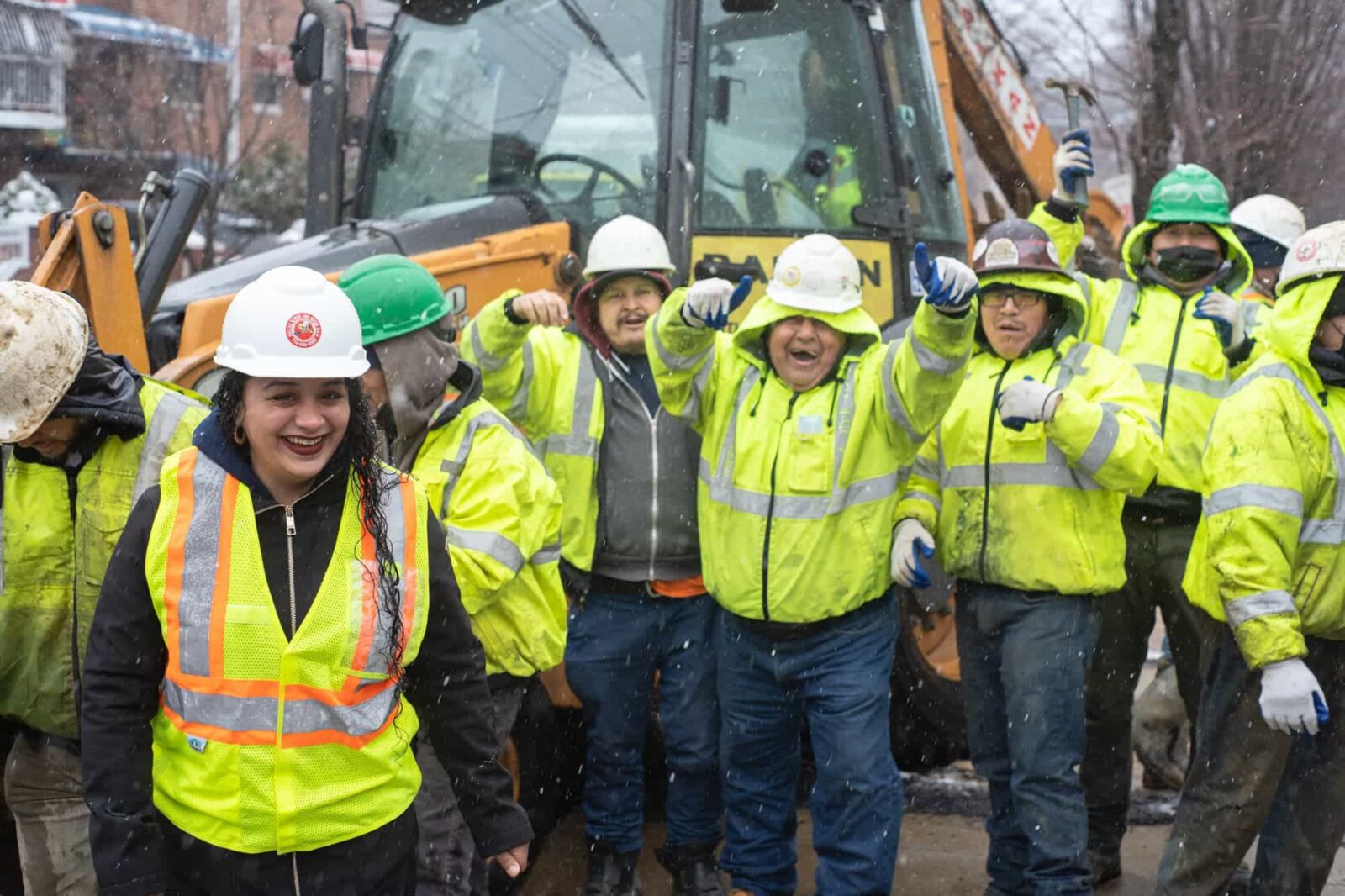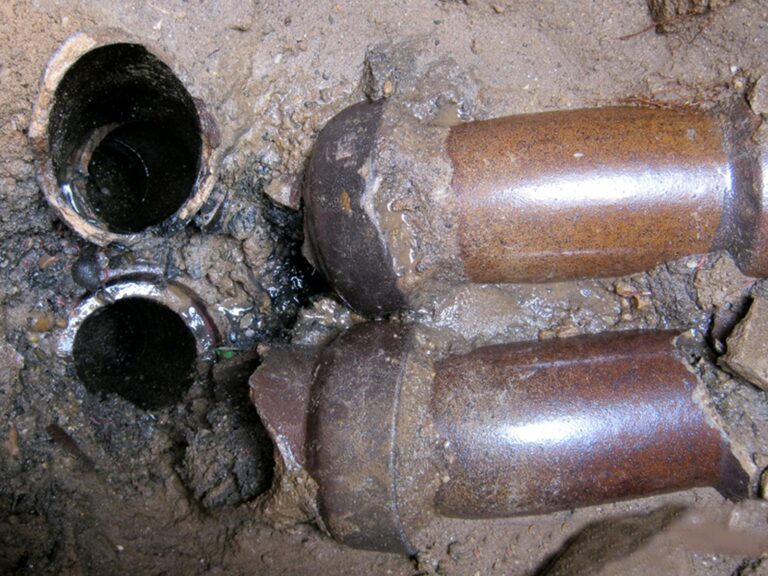As winter winds down and signs of spring emerge, homeowners often find themselves tending to various outdoor maintenance tasks. Among these is ensuring that outdoor water fixtures, like hose spigots, are in proper working condition. One essential component gaining popularity is the frost free spigot. But what exactly is a frost free spigot, and why should homeowners consider installing one?
What is a Frost-Free Spigot?
Let’s begin this article with some plumbing basic information. A hose spigot, also known as a garden hose connection or outdoor faucet, is a fixture typically found on the exterior of a home. Obviously, an outdoor spigot allows homeowners to connect hoses for watering gardens, washing cars, or other outdoor tasks.
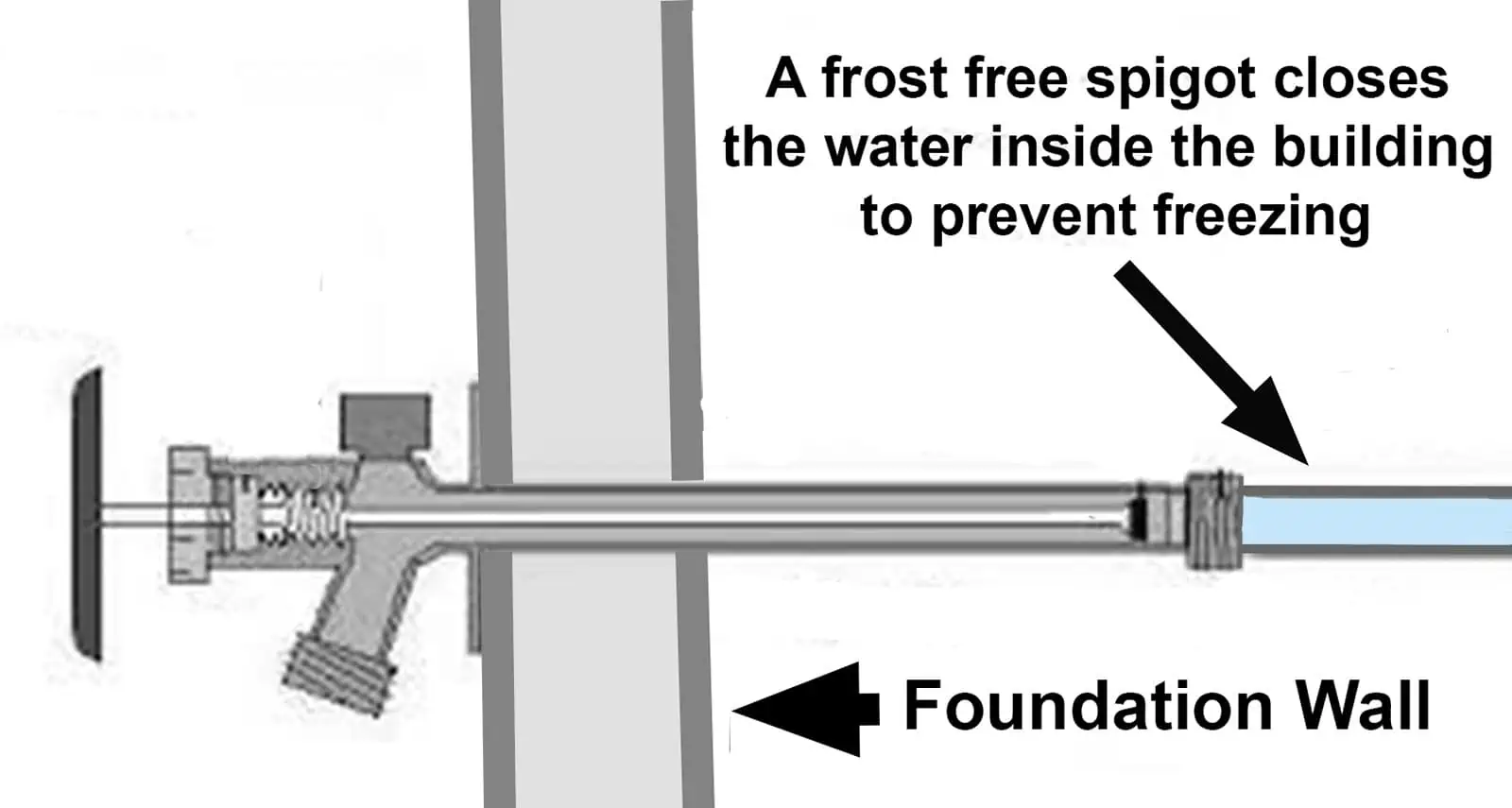
Now, imagine a frost-free spigot aka outdoor freeze proof faucet as an evolution of the traditional hose spigot, designed to prevent freezing during cold weather. Unlike standard spigots that can be susceptible to freezing and bursting in colder temperatures, a frost-free spigot is constructed in a way that minimizes this risk and does not require any special insulation, such as preventing freezing on a shallow underground water line.
How Does a Frost-Free Spigot Work?
The essential key to the frost-free spigot’s effectiveness lies in its ingenious design. Unlike traditional spigots, which have a valve located close to the exterior wall, frost-free spigots have the valve situated deeper within the pipe, typically extending into the heated interior space of the house. This design prevents water from remaining trapped inside the exposed portion of the spigot piping, where it could freeze, split, and cause damage.
When the spigot is turned off, the water in the pipe drains out through a small hole near the spigot’s handle, ensuring that no water is left to freeze inside the fixture. As a result of the spigot’s self-draining feature, homeowners can rest assured that this outdoor source of water remains operational and intact even during freezing temperatures. This also reduces the risk of costly repairs due to burst pipes.
Installation and Cost
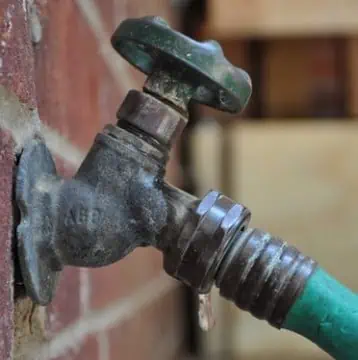
Installing a frost-free spigot is a relatively straightforward process, but it may require some plumbing knowledge or the assistance of a professional plumber. The installation of a frost free spigot typically involves replacing the existing traditional outdoor spigot with a frost-free model, and then ensuring that it is properly sealed and insulated to prevent heat loss.
In terms of the price, frost free spigot costs can vary depending on factors such as brand, material, and features. On average, homeowners can expect to pay anywhere from $20 to $40 for a basic frost-free spigot, with higher-end models or those with additional features potentially costing more.
Identifying A Frost Free Spigot
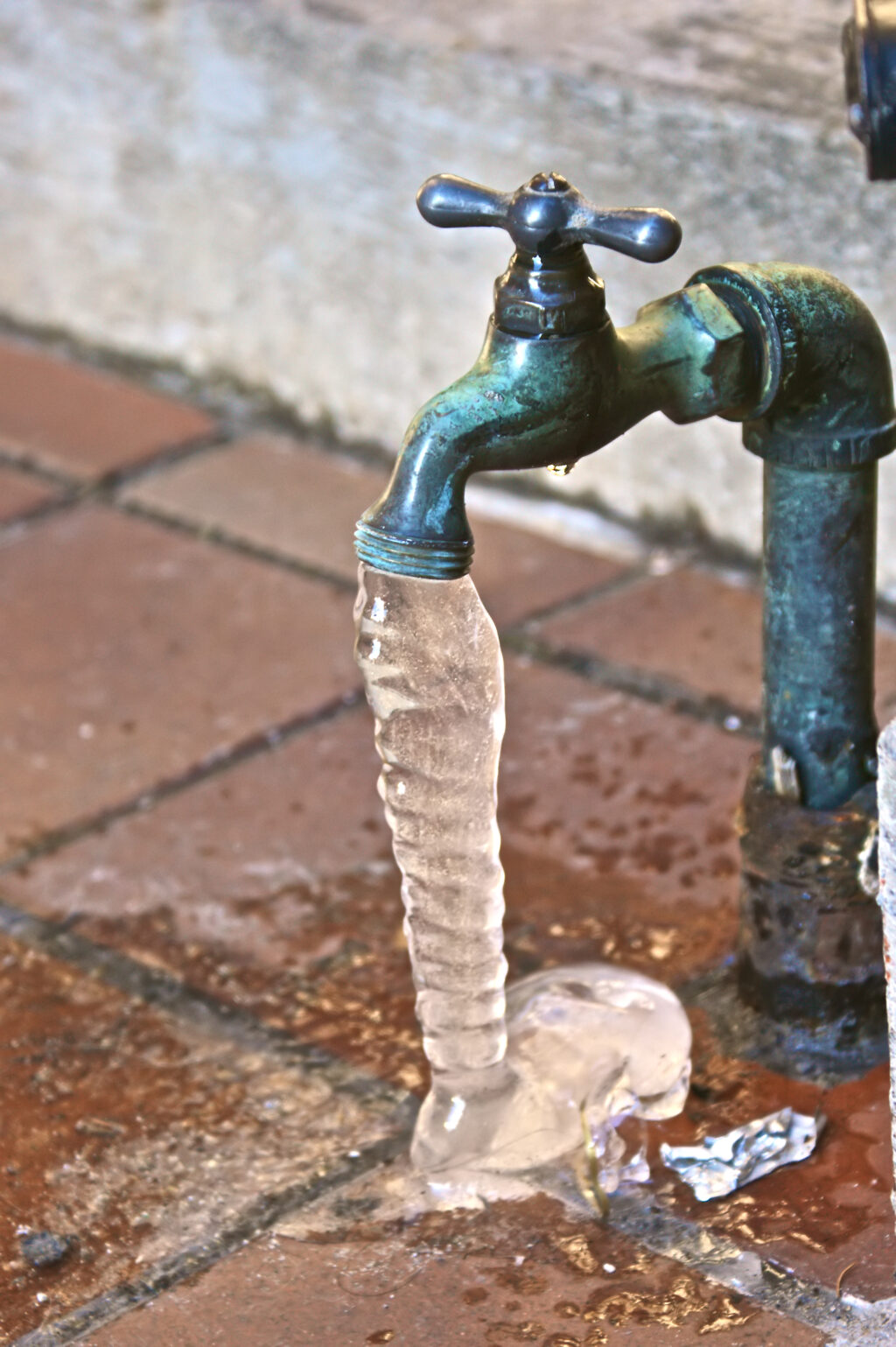
So, how can homeowners tell if they have a standard garden hose spigot or a frost-free spigot? Visually, the most noticeable difference lies in the length of the spigot and the presence of a small drainage hole near the handle.
Standard garden hose spigots are typically shorter in length and do not feature a drainage hole. In contrast, a frost free spigot is longer, with the valve located deeper within the pipe, and they often have a small hole near the handle, which allows water to drain out when the spigot is turned off.
Additionally, homeowners can look for markings or labels on the spigot itself or consult the manufacturer’s specifications to determine if it is frost-free.
Maintenance of Frost Free Spigots
Even though frost-free spigots are designed to minimize the risk of freezing and bursting pipes, they still require some basic maintenance to ensure their useful lifespan and long-term performance. Here are a few key maintenance tasks that homeowners should keep in mind:
- Regular Inspections: Periodically inspect the frost-free spigot for any signs of damage, corrosion, or leaks. It’s also a good idea to check the surrounding wall and ground areas for water stains or moisture, which could indicate a leaky seal or other issues.
- Winterization: Despite their frost-resistant design, it’s still important to winterize frost-free spigots in colder climates. Before the onset of freezing temperatures, disconnect hoses, and drain any remaining water from the spigot by turning it on and allowing water to flow out. This will help prevent any residual water from freezing and causing damage.
- Insulation: Consider insulating outdoor pipes and spigots, especially those located in unheated areas or exposed to extreme cold. There are specialty insulation sleeves or wraps that can help protect against freezing temperatures and further reduce the risk of damage. Using typical household insulation is not a good idea for outdoor pipe protection.
- Replace Washers and Seals: Over time, the washers and seals inside the frost-free spigot may wear out or become damaged, leading to leaks or reduced efficiency. Periodically check and replace these components as needed to maintain a tight seal and prevent leaks.
- Cleanliness: Keep the area around the frost free spigot clean and free of debris, such as leaves, dirt, or vegetation. This will help prevent blockages, and more importantly, ensure proper drainage when the spigot is turned off.
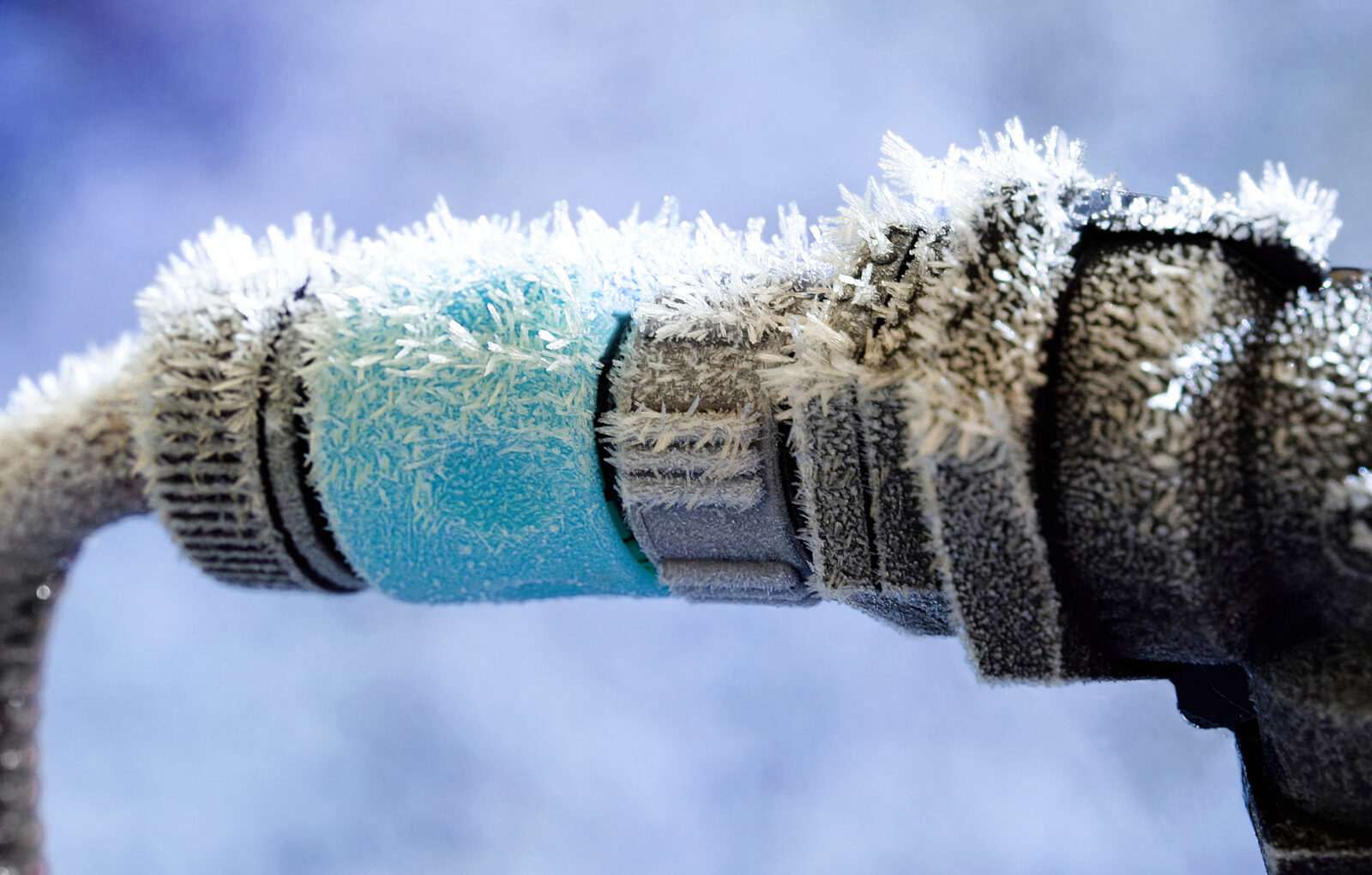
If you incorporate the simple maintenance tasks noted above, you can help ensure that your frost-free spigot continues to function properly and reliably for years to come. Seasonal inspections and proactive maintenance will not only extend the lifespan of your outdoor water fixtures but also save you time and money on repairs in the long run.
A Conclusion About Frost Free Spigots For Your Home & Garden
A frost free spigot offers homeowners peace of mind by providing a reliable outdoor water source that is unlikely to freeze during cold weather, and at a very modest cost, even if installed by a licensed professional plumbing company. Due to its innovative design and simple installation process, it’s a practical investment for protecting plumbing that is exposed to below-freezing weather and gives you access to water outside of your home year-round.
Whether you’re preparing for the next winter season or simply looking to upgrade your outdoor water fixtures, consider installing a frost free spigot to ensure your home is equipped to handle the elements year-round. Your garden, lawn, and wallet will thank you for it. If you need expert plumbing advice, know that Balkan Is The Team To Trust.
